Introduction: The Importance of Tire Maintenance
Understanding the Role of Tires
Tires are a vital component of any vehicle, serving as the only point of contact between your car and the road. They play a crucial role in ensuring your safety, performance, and fuel efficiency while driving. Regular tire maintenance is necessary to prolong the lifespan of your tires and to ensure a smooth, comfortable ride. One important aspect of tire maintenance is to be vigilant about sidewall damage, as issues in this area can lead to serious safety risks.
Why Focus on Sidewall Damage?
The sidewall of a tire is critical not only for its structural integrity but also for its overall function. Sidewall damage can result from various external factors, including debris on the road, curbing, and changes in temperature. Being able to identify this type of damage is essential for every vehicle owner, as it significantly affects how safely and effectively your vehicle operates. This article will delve into identifying sidewall damage, understanding its implications, and knowing when to replace your tires for optimal safety and performance.
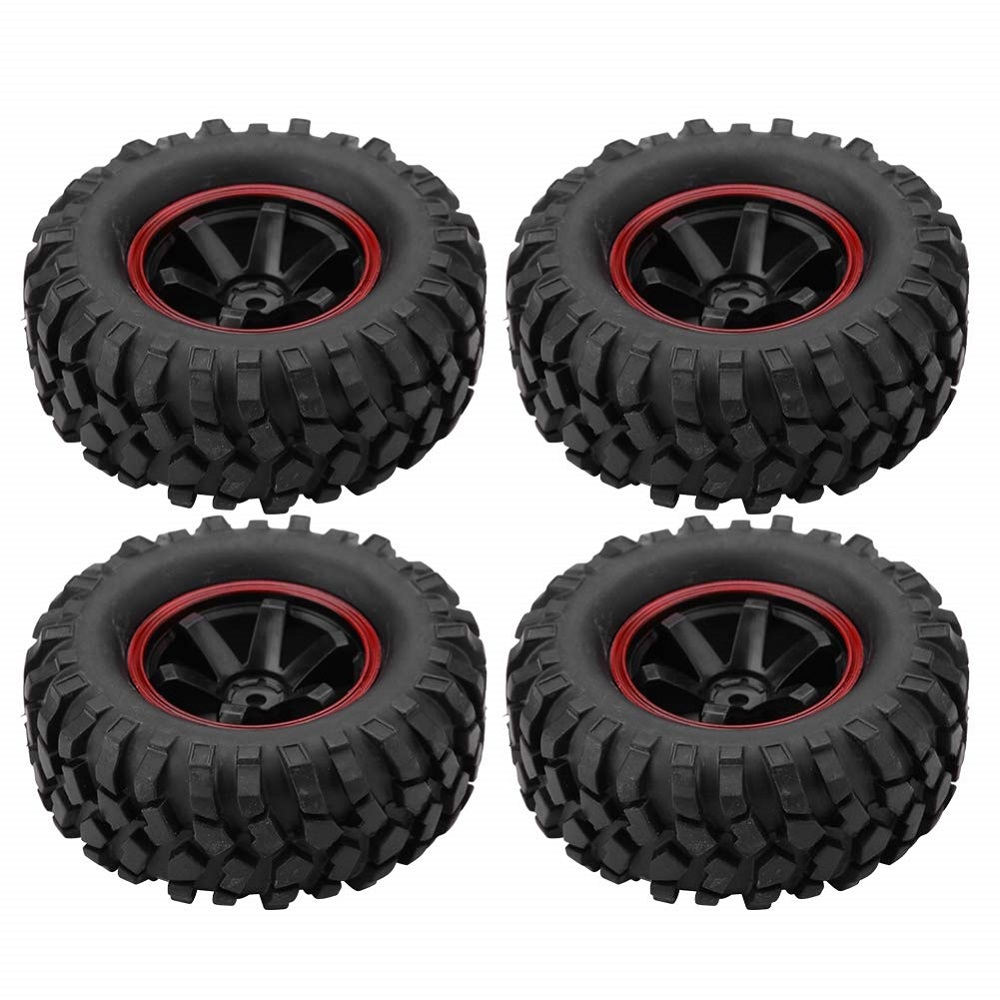
Understanding Tire Structure
1. Components of a Tire
To appreciate the significance of sidewall integrity, it’s vital to understand the overall structure of a tire.
- Tread: The most visible part of the tire, the tread is responsible for providing grip and traction on the road surface. It is designed with specific patterns that can vary based on the intended use of the tire (e.g., all-season, performance, or off-road).
- Sidewall: The sidewall provides structural support to the tire, housing the cords and reinforcing materials. It also bears important markings, including tire specifications, load ratings, and speed ratings.
- Bead: The bead consists of steel wires encased in rubber, securing the tire to the wheel rim. Proper bead integrity is critical because it ensures that the tire maintains its position on the rim, preventing leaks and blowouts.
2. Functions of the Sidewall
The sidewall serves several essential functions that contribute to the overall performance of the tire:
- Support and Stability: The sidewall absorbs impacts and provides lateral stability to the tire. It allows the tire to flex and maintain proper contact with the road surface, especially during turns or maneuvers.
- Protection Against Damage: The sidewall acts as a protective barrier for the inner components of the tire, shielding them from debris, sharp objects, and the effects of environmental conditions.
- Flexibility: The sidewall allows for some flexing during operation, which aids in maintaining comfort while driving and improving traction in various road conditions.
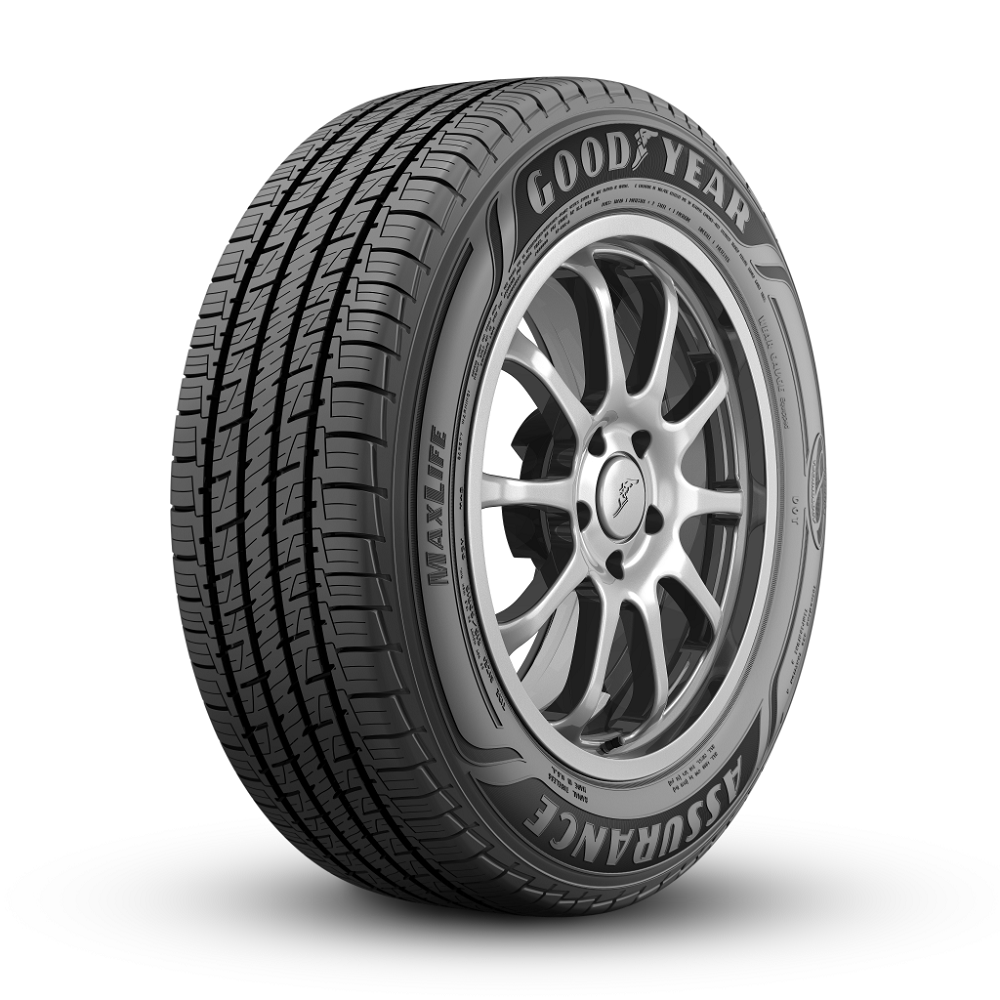
Identifying Sidewall Damage
1. Common Types of Sidewall Damage
Understanding the types of damage that can occur on a tire’s sidewall is crucial for effective inspection:
- Bubbles and Blisters: A bulging sidewall can indicate internal damage, such as delamination or air trapped within layers. This condition often arises from hitting a pothole or curb too hard, leading to loss of structural integrity. Bubbles and blisters should be addressed immediately, as they can make the tire susceptible to failure.
- Cuts and Gouges: These are often caused by sharp objects on the road, such as nails or glass. Depending on the severity, cuts may compromise the tire’s ability to hold air and may lead to air leaks or blowouts. A deep cut in the sidewall is particularly concerning and usually indicates the need for tire replacement.
- Cracks and Dry Rot: Aging tires can develop cracks in the sidewall, often due to environmental factors like UV exposure or ozone. Dry rot is a sign of degradation that can occur, especially if the tires haven’t been used regularly or are stored improperly. Cracked sidewalls can weaken the tire and lead to sudden failure.
2. Inspecting Your Tires
Regular Visual Checks
Regular tire inspections can help identify sidewall damage before it becomes a safety concern. The following steps can help you effectively inspect your tires:
- Visual Inspection: Make it a habit to visually inspect your tires at least once a month. Look for any visible signs of damage, including bubbles, cuts, or cracks. Pay particular attention to the sidewall area, where damage is most common.
- Press On the Tire: Run your hands along the sidewall while applying gentle pressure. If you notice any areas that feel bulging or unusually soft, it may indicate internal damage.
- Check Pressure: Regularly check and maintain proper tire pressure. Underinflation can exacerbate sidewall damage, leading to further issues over time. A reliable tire pressure gauge can help you monitor tire pressures regularly.
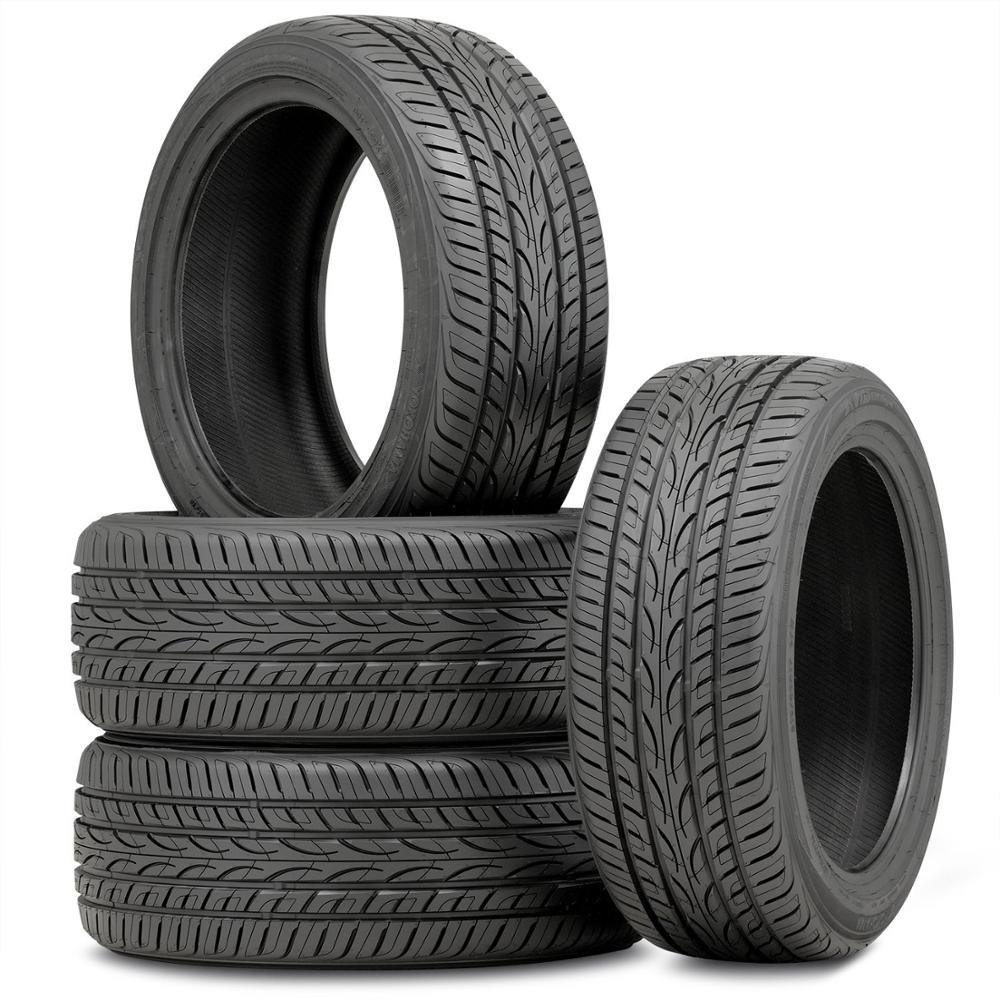
When to Replace Your Tires
1. Signs It’s Time for a Change
Recognizing Critical Indicators
Understanding when to replace your tires is critical for safety. Here are some indicators that it may be time for a replacement:
- Severe Sidewall Damage: If you notice significant cuts, blisters, or bubbles, especially if they are bulging, you should consider replacing the tire immediately, as these conditions might lead to failure while driving.
- Tread Wear: While this article focuses on sidewall damage, checking tread wear is equally important. If the tread is worn down to the indicators—often found within the tread grooves—it’s time to replace your tires.
- Age of the Tire: Tires have a lifespan, generally estimated to be around 6-10 years, regardless of tread wear. Even if tread looks good, older tires can develop weaknesses, making regular replacement crucial.
2. Understanding Tire Ratings
The Importance of Load and Speed Ratings
Each tire comes with load and speed ratings indicated on the sidewall. Understanding these ratings can help you assess whether to replace a tire based on how conditions affect its performance.
- Load Ratings: This provides critical information about how much weight each tire can safely support. Exceeding this limit can cause excessive wear and potentially lead to sidewall damage. If your driving needs change (like hauling heavy loads), reevaluate your tire options according to the required load ratings.
- Speed Ratings: These ratings indicate the maximum speed a tire can safely handle. If you regularly drive at higher speeds, consider tires rated accordingly to prevent overheating and potential damage.
3. Professional Inspection
Seeking Expert Help
If you’re unsure about the condition of your tires or the extent of any damage, consulting a professional is always a wise decision.
- Tire Centers: Many tire retailers offer free inspections to assess the condition of your tires. They can provide a detailed evaluation of the tread, sidewall, and overall integrity, including whether repairs can be made or if replacement is necessary.
- Diagnostic Technologies: Advanced shops may utilize diagnostic tools that can assess tire health beyond what a visual inspection offers. They can measure tire temperatures, detect issues with alignment, and recommend the best course of action for your tires.
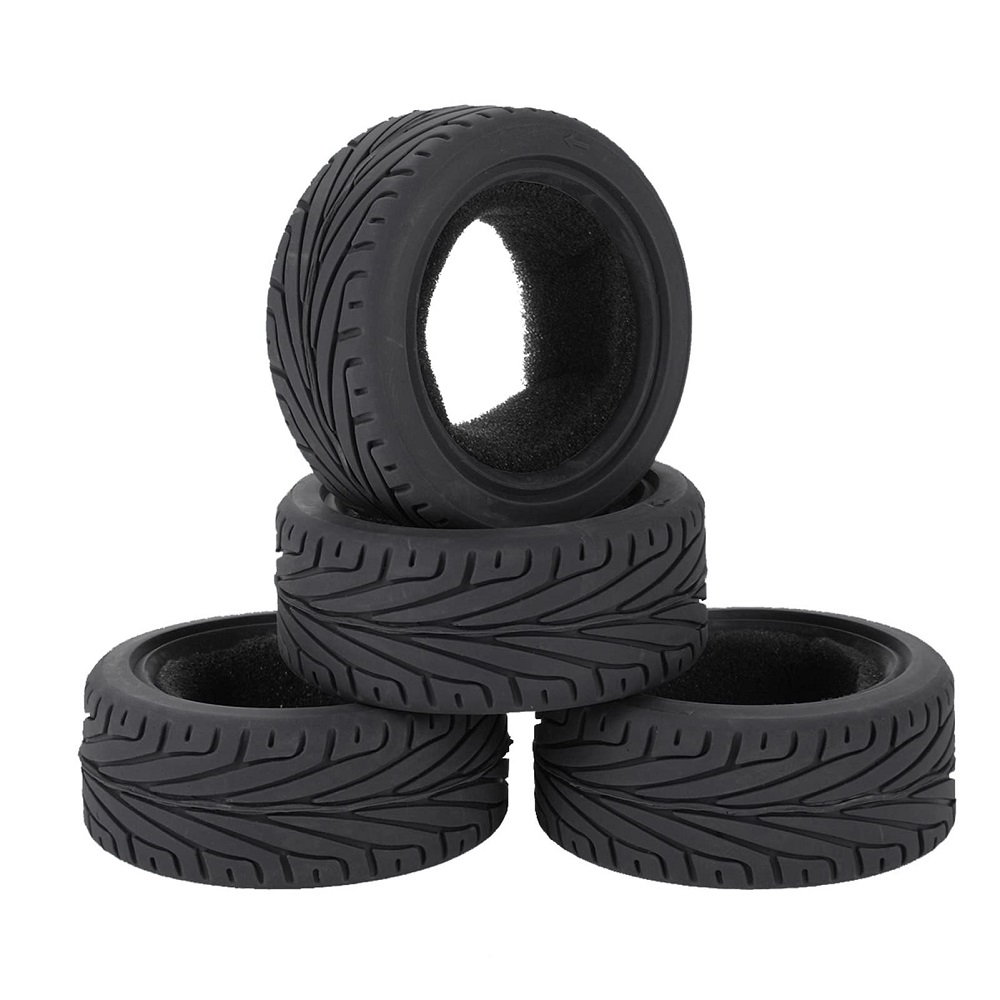
4. Safety First: Don’t Delay
Taking Action
Delaying the replacement of damaged tires can have severe consequences. Be proactive in your approach to tire maintenance and replacements to ensure the safety of yourself and others on the road.
- Consequences of Ignoring Sidewall Damage: Driving on tires with significant sidewall damage can lead to blowouts or loss of control while driving, increasing the risk of accidents. Prioritize your safety and that of your passengers by acting quickly when you notice anything unusual.
The Key to Safe Driving
Proactive Maintenance Matters
In conclusion, tires and their overall health are fundamental to safe driving. Understanding sidewall damage, recognizing when to replace tires, and being aware of maintenance practices can significantly enhance your safety on the road.
Empowerment Through Knowledge
This knowledge empowers you as a driver to make informed decisions regarding tire care. Regular inspections, attention to signs of trouble, and proactive action when necessary can lead to a more reliable and safer driving experience.
Investing in Quality Tires
The right tires are an investment in your vehicle’s performance, comfort, and safety. Prioritizing quality tires that suit your driving habits and style will serve you better in the long run, reducing the likelihood of issues arising from deterioration or damage.
Join the Community of Responsible Drivers
As you take steps to maintain your vehicle’s tires, remember that safe driving is a shared responsibility. Encourage friends and fellow drivers to adopt best practices in tire care, contributing to safer roads for everyone. By fostering a conscientious community of drivers committed to vehicle maintenance, we can all better appreciate the journey—no matter where the road takes us.
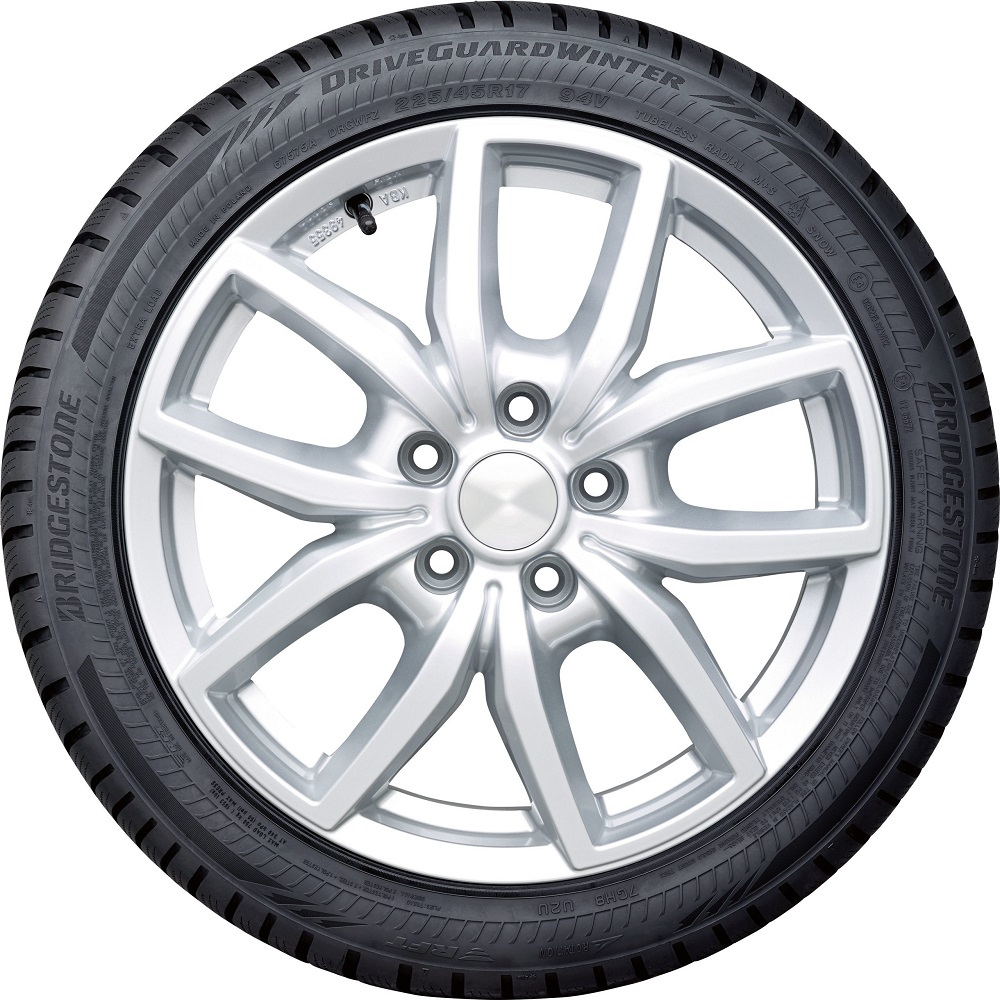
Enhancing Your Driving Experience with Quality Tires
1. The Value of High-Quality Tires
Investing in high-quality tires can profoundly affect your driving experience, enhancing comfort, performance, and safety. Premium tires are often designed with superior materials and advanced technologies, which can lead to better grip, improved handling, and increased durability. Here’s why prioritizing quality tires matters:
- Enhanced Performance: Quality tires are engineered to provide optimal traction in various driving conditions, from wet surfaces to snowy roads. This ensures better acceleration, braking, and cornering capabilities, giving you confidence behind the wheel.
- Improved Comfort: High-quality tires can significantly reduce road noise and vibrations, offering a smoother ride. This aspect enhances overall comfort during longer journeys, allowing you and your passengers to enjoy the drive more. Coupled with proper inflation and maintenance, quality tires can contribute to a more enjoyable driving experience.
2. Tire Replacement as a Customization Opportunity
Replacing tires provides a unique opportunity for vehicle owners to customize their rides to better align with personal preferences and driving requirements. When you decide to replace your tires, consider the following aspects:
- Choosing the Right Type: Depending on your specific driving needs—whether commuting, off-roading, or sporty performance—selecting the appropriate tire type can enhance your vehicle’s functionality. All-season tires offer versatility for varied conditions, while performance tires improve handling and responsiveness for spirited driving.
- Aesthetics and Customization: Tire selection can also impact the overall appearance of your vehicle. Options such as low-profile tires or those with different tread patterns can transform the look and feel of your ride, allowing you to showcase your personality and style. Whether you prefer the rugged stance of all-terrain tires or the sleek appeal of high-performance tires, customizing your tires complements the intended aesthetics of your vehicle while boosting functionality.
Final Thoughts: A Commitment to Safety and Empowerment
In conclusion, understanding how to identify sidewall damage, choosing quality tires, and recognizing the signs for replacement are crucial components of owning and driving a vehicle responsibly. By engaging in proactive tire maintenance and following tire maintenance tips for safety, you contribute not only to your safety but also to a more positive driving experience. As you navigate the roads ahead, your commitment to quality tires will empower you to face challenges confidently, ensuring every journey is a safe and pleasant one. Whether you’re commuting through the city, embarking on a long road trip, or enjoying a weekend adventure, investing in your tires reflects a dedication to quality, performance, and, ultimately, your driving experience.
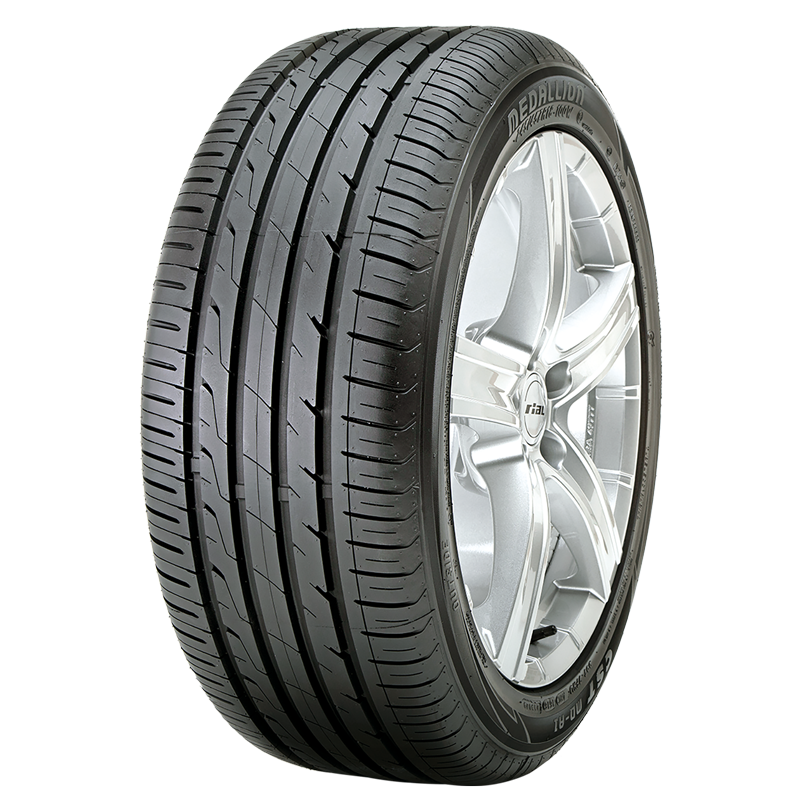
Leave a Reply